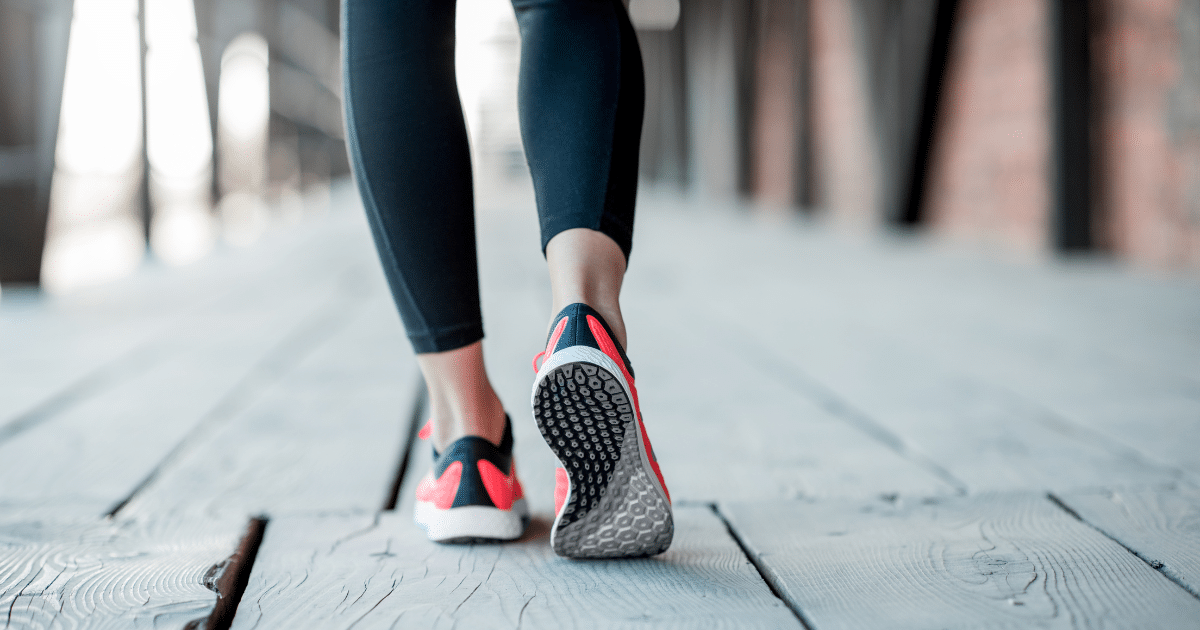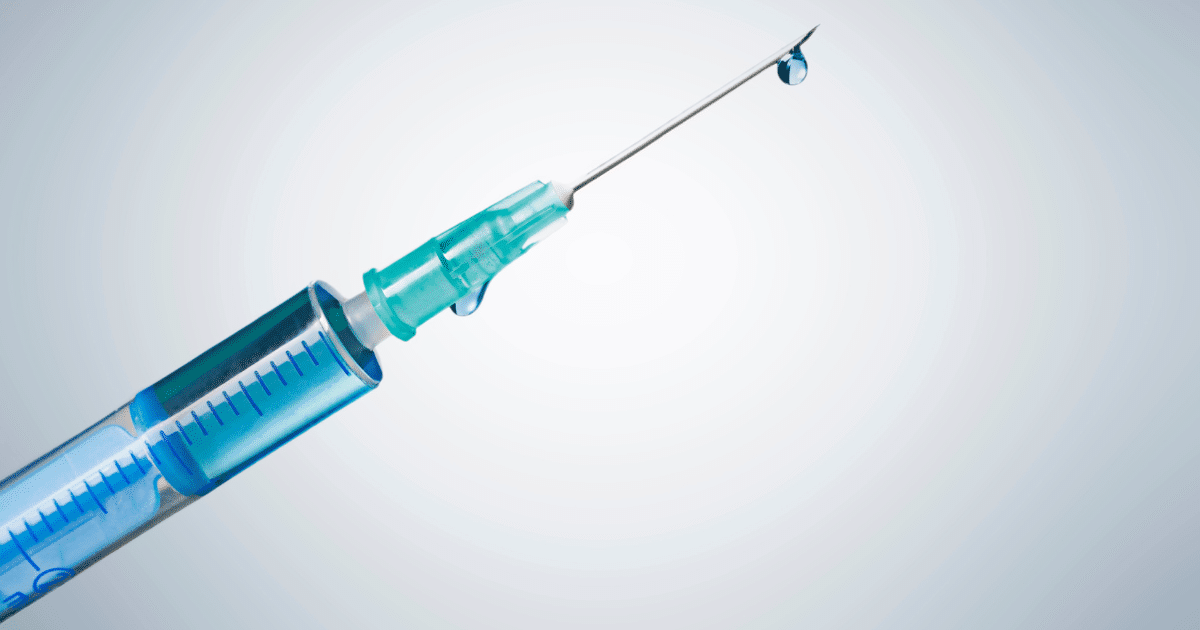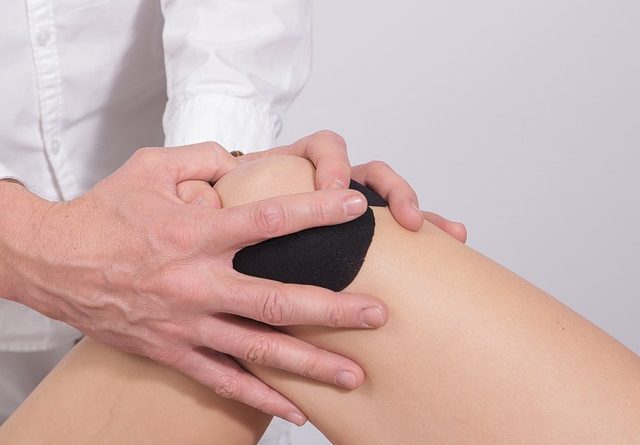Don’t Ignore Knee Pain — Things Might Not Get Better
If you happen to notice some knee pain, ignoring it may be a bad idea because it could be just a symptom of something else. There are several different things that can cause knee pain — some minor and small things that are easily fixed, and some very severe issues that will need treatment and possibly surgery. One thing you can be almost certain of though is, that if you do have knee pain and you ignore it for too long whatever the cause is will most likely get worse. So, it will always be a better idea to have it looked at by your doctor or physical therapist. Don’t ignore knee pain!
Disclaimer: This article is for informational purposes only and is not meant to treat or diagnose any condition. It is recommended that you speak with your doctor before starting any exercise program, changing your daily nutrition, or adding any supplements to your regimen.
What if Your Doctor Finds Something?

The idea of having a problem with one or both of your knees can be a scary one. That being said, you should still have them looked at because letting a knee injury go untreated can make it much worse or even turn a minor issue into a major problem.
That particular joint is complex, it has multiple ligaments that connect the bones of the joint together and tendons that help to help it function correctly. There are also two pieces of cartilage in each of your knees, these are known as your meniscus and they help to add some cushioning to your knees.
With all of the different parts of the joint itself, there are a tremendous amount of ways to injure either of your knees and numerous types of injuries as well. You may have a small tear in a ligament, joint, tendon, or piece of cartilage for example or you might have hyperextended (overstretched) one of these. These are just a few types of injuries you could experience.
Common Knee Pain Symptoms
There are a few symptoms that are pretty common among most injuries. One of the more common being the knee pain itself, sometimes dull and other times it can be sharp or shooting. The type of knee pain you experience is usually related to the type of knee injury you have and what part of the joint has been hurt. You may notice some irritation on or around your knee as well as some swelling. With some of the more severe cases you could even find your knee lock in place, if this happens you should see a doctor as soon as you can.
The way that your knee was hurt can often determine what part or parts of your joint was damaged. For instance, in a case where your lower leg gets twisted in the opposite direction of your upper leg and the rest of your body cannot compensate the cartilage or meniscus inside your knee can get torn. While in cases where your leg gets stretched too far in one direction, a hyperextension can occur in any of the ligaments or tendons of your knee.

In the more intense injuries to the knee surgery might be the only option, but this is usually only in the most severe cases where the damage to the joint is catastrophic.
This level of injury often occurs in a traumatic event such as a car accident or contact sports, but not always. It can happen in your normal daily life as the result of something as simple as a fall.
Give Yourself a Speedy Recovery and Rid Yourself of Knee Pain for Good
So, if you have seen your doctor and confirmed that you have damage to your knee, you will probably want to get back to normal as quickly as possible and alleviate your knee pain. One thing that can help you with this is finding the best brace for knee injury and wearing it as directed by your doctor. These braces can help to reduce inflammation and pain while also helping to promote better blood flow to the damaged area. You may want to use ice packs whenever possible which will also help to alleviate some knee pain and swelling.
Last but definitely not least is to rest. Give yourself time to relax and allow your body to heal itself properly, if you do not let yourself recover completely you may find yourself at a higher risk of injury or re-injury. And the last thing you want is more knee pain!
Throw on Your Running Shoes to Prevent Knee Pain?

New research has come out that is showing running can help reduce knee inflammation and knee pain. This is actually opposite of what we all believed to be the case. Researchers from BYU gathered a group of men and women between the ages of 18 and 35 to take part in a study involving running. They measured inflammation markers both before and after the participants ran. Researchers found that “the specific markers they were looking for in the extracted synovial fluid—two cytokines named GM-CSF and IL-15—decreased in concentration in the subjects after 30 minutes of running. When the same fluids were extracted before and after a non-running condition, the inflammation markers stayed at similar levels.”
One researcher mentioned, “What we now know is that for young, healthy individuals, exercise creates an anti-inflammatory environment that may be beneficial in terms of long-term joint health.” From this, researchers believe that through exercise like running, individuals can reduce the risk of joint degenerative diseases like osteoarthritis which affects around 27 million Americans. This will help prevent the breakdown of cartilage where the end result is bone-on-bone rubbing as well as knee pain and discomfort.
Another researcher commented on the findings saying, “This study does not indicate that distance runners are any more likely to get osteoarthritis than any other person. Instead, this study suggests exercise can be a type of medicine.” This is something we have heard covered across many different aspects of exercise and injury/disease prevention.
This study was conducted on healthy individuals. While the findings were astounding, further research needs to be conducted to see how running and exercise could potentially benefit those who currently have knee injuries and pain. One researcher mentioned that they are curious about ACL injuries specifically. However, the end result from this study shows hope when it comes to helping active individuals keep moving without the risk of knee problems down the road, allowing for a better quality of life.
Can a Sugar Injection Cure Your Knee Pain? I Kit-Kat You Not!

For many people, we try to hide our knee pain through the use of painkillers or anti-inflammatory prescriptions or over the counter drugs. Sometimes, this simply isn’t enough to make an individual comfortable. While there are different natural therapies that can be used prior to getting to the point of surgery, there seems to be a new alternative that is raising some eyebrows, and maybe even blood sugar levels—and that is sugar injections. Sure, we have all heard of athletes getting lubricant type injections to manage pain or injuries in joints through the use of corticosteroids or hyaluronic acid, but sugar injections?
All joking aside, I could go for a Kit-Kat. But, researchers are now looking at injecting humans with sugar. I kid you not. And from the studies conducted, there have been no adverse side effects. Another point of interest is that being what’s injected is sugar or a mixture of sugar and sodium, the cost associated is extremely low and from what the researchers say, it’s fairly easy to administer to patients.
Researchers have looked at data collected from ten studies and found that injecting sugar or sodium into the knee might help with knee osteoarthritis. Generally, this is used as a last resort to conventional methods like therapy and anti-inflammatory drugs, but none the less, it’s on the table as an option. The process of injecting sugar and sodium into the body is known as prolotherapy and must be done by a trained professional such as a doctor or specialist. Please don’t try to make your own solution at home and try injecting it into a muscle, ligament, or tendon thinking you can create your own home remedy. There are risks involved and ones that should be mitigated through the use of a trained professional.
Do Sugar Injections Really Work?
The jury is still out and researchers are saying it’s too early to be saying prolotherapy is an effective way to manage conditions like osteoarthritis. They believe that while it could be added to the list of treatments, it definitely should not be the first on the list. Researchers are still recommending that in order to ease pain associated with conditions like osteoarthritis, the individual should focus on losing weight to lessen the pressure on the affected area such as the knee, go to physical therapy, and/or use anti-inflammatories to keep the pain and inflammation to a manageable range. Researchers are throwing prolotherapy towards the bottom of the list as an “if everything else fails” type of plan.
But does it work? According to participants in the studies, it does. They mentioned that they had less pain in the affected area, had an improvement in their range of motion, and had improved function when compared to before the prolotherapy injection.

The group of researchers looked at data from studies that had just under 530 subjects. What they found through the prolotherapy was that majority of the injections were made up of straight dextrose while only two of them had a combination of dextrose and sodium. Some of the dextrose only injections were also tested with anesthetics such as lidocaine included in the solution.
A downside to the study, in the eyes of the researchers, was that there was no measurement of how much change the injection made on the pain level. Participants simply said they noticed a difference. They also mentioned that they are going to need a larger group of participants since the groups in previous studies were fairly small. There was also no comparison of pain levels when compared to previous techniques such as weight loss, anti-inflammatory drug use, and physical therapy.
Researchers have mentioned that with knee osteoarthritis that “conservative therapies such exercises, physical therapy, oral analgesic medications and complementary therapies such as acupuncture and herbal treatment have marginal effectiveness. Studies are needed to conclude which injection therapy should be given higher priority in routine clinical care.”
With the jury still out on it’s true effectiveness, it’s best to try the other options available before trying prolotherapy. If all else fails, you can have the sugar injection in your back pocket if you need it as a last resort. With the buzz of this new pain management technique, you can bet we will see more research published in the very near future. Stay tuned!
Sources:
Fox News. https://www.foxnews.com/health/can-sugar-injections-help-ease-knee-joint-pain
Robert D. Hyldahl, Alyssa Evans, Sunku Kwon, Sarah T. Ridge, Eric Robinson, J. Ty Hopkins, Matthew K. Seeley. Running decreases knee intra-articular cytokine and cartilage oligomeric matrix concentrations: a pilot study. European Journal of Applied Physiology, 2016; 116 (11-12): 2305 DOI: 10.1007/s00421-016-3474-z


*Disclosure: This article may contain affiliate links or ads, which means we earn a small commission at no extra cost to you if you make a purchase through these links. These commissions help support the operation and maintenance of our website, allowing us to continue producing free valuable content. Your support is genuinely appreciated, whether you choose to use our links or not. Thank you for being a part of our community and enjoying our content.
PLEASE CONSIDER SHARING THIS ON YOUR SOCIAL MEDIA TO HELP OTHERS LEARN MORE ABOUT THIS TOPIC. SIMPLY CLICK BELOW!

